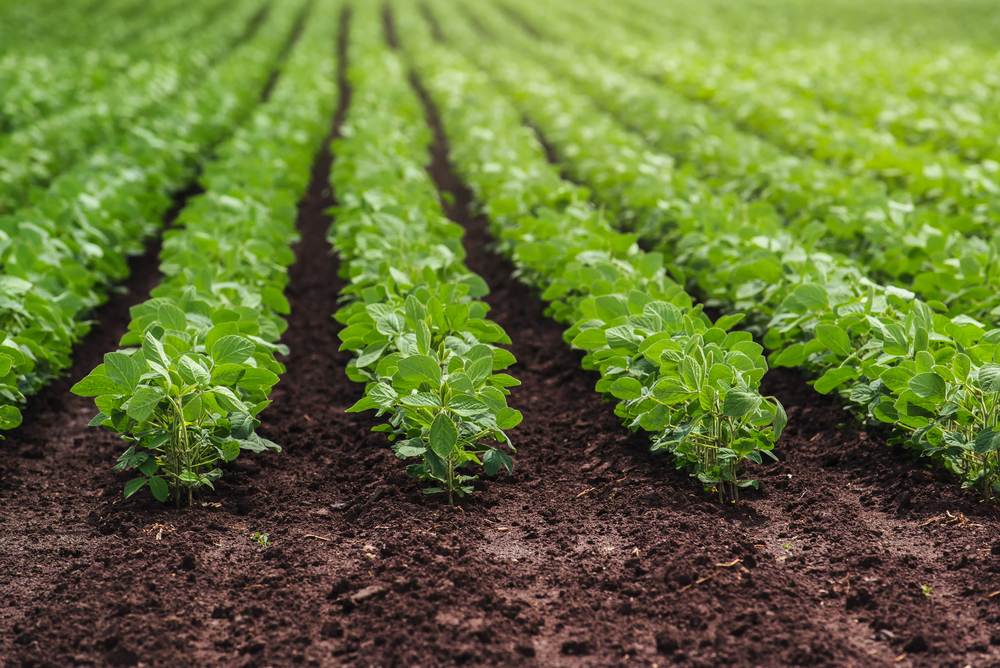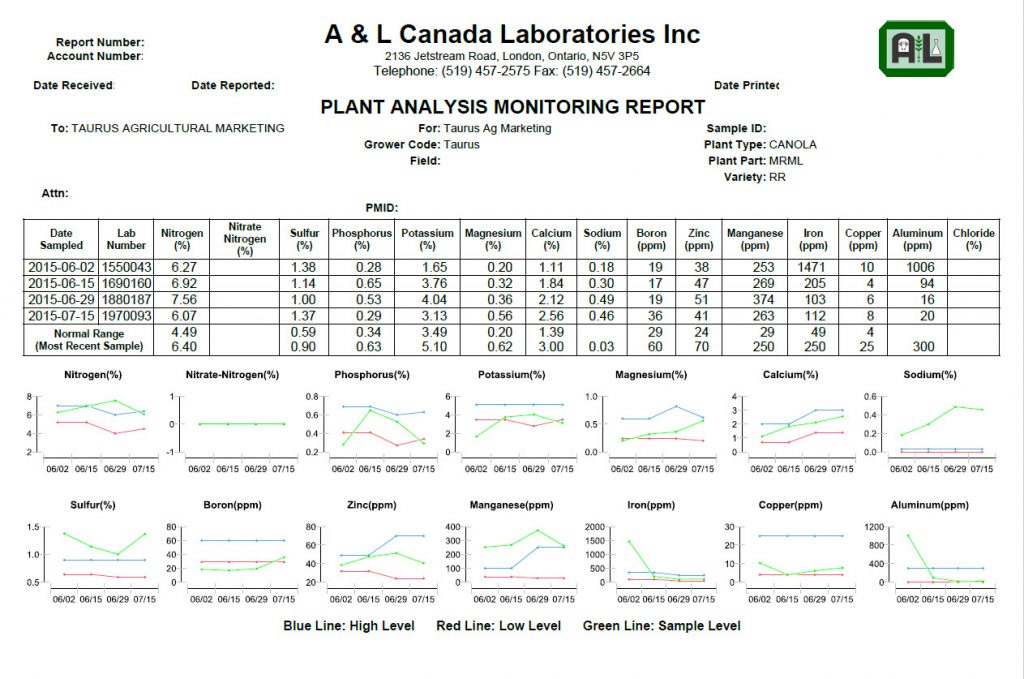
Tissue Analysis-Your Nutrient Management Report Card
Think of Tissue Analysis as a progress report of your crop’s health – and an opportunity for positive change
If agronomy is all about learning, improving and striving to grow your best crop – tissue analysis is your report card. The purpose is to provide you with a way to monitor the progress of your nutrient program, by measuring nutrient levels at key points throughout the growing season.
We are fast approaching the time of year where most plant monitoring programs recommend you begin taking your first sample. Tissue sampling is an easy, valued-added tool to inform and guide your efforts.
Like a report card, tissue analysis serves as a benchmark
As any good teacher will tell you, the objective of a report card is to give you an opportunity to address concerns before you fall behind. Whether you’re being proactive or reactive, a tissue sample provides a reliable picture of existing and potential nutrient challenges at the date of sampling.
Interestingly, with tissue analysis, it is often the crops that are developing the strongest that receive the lowest marks!
The reality is that your highest potential crops are often the ones hungrily consuming the available nutrients, and can often run low on a particular nutrient due to plant demand and/or factors within the soil.
Tissue samples provide a clear picture of nutrient levels, allowing you to remedy concerns in your next in-crop fertilizer application. It is particularly important to identify deficiencies early in the season before you hit critical levels and pass the point of no return.
When should you sample and how often?
A sound plant monitoring program will suggest you submit multiple samples over the growing season, in the same spot, taken at key growth stages. The laboratory doing the analysis can plot your sample results alongside benchmarks they have established through their database. (Consider it a form of standardized testing.)
While individual samples identify deficiencies, multiple samples help identify trends over time.
You can see how your crops rank and determine if your efforts to address deficiencies are working. Tissue testing can also help you avoid over-application of specific nutrients.
Good or bad, embrace your report card results!
Don’t forget, your best crops may receive the lowest grades because they are utilizing all available nutrients. The insights you gain from your plant report card will help you maintain positive momentum in your strongest crops, while addressing needs in poorer performing areas.
For most crops, late May/early June is the ideal time to start your sampling program.
Begin by consulting with the company or laboratory offering the plant monitoring program. They will provide you with all the details you need to know regarding where, when, and how to go about your sampling.
Whatever your plant monitoring program results, embrace them. Learn from them. Take action to remedy any shortcomings and adjust your nutrient applications accordingly. Because your ultimate goal is to put up top marks at harvest.

A sample of a report card Taurus received after submitting tissue samples to A&L Labs, one of Canada’s largest Agricultural and Environmental Laboratories.

